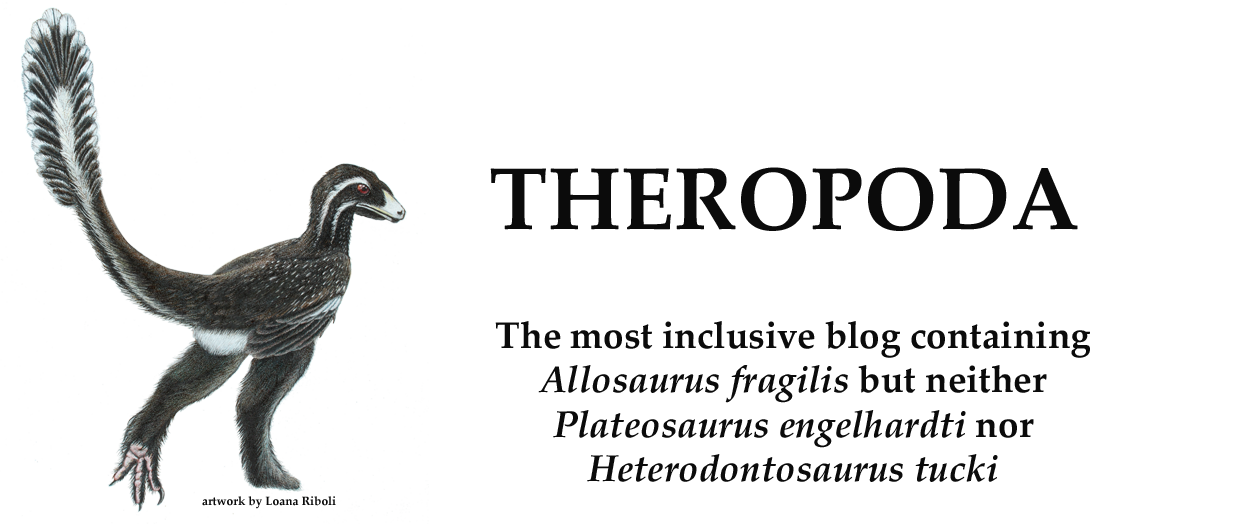Si tratta di un'ipotesi presa brevemente in considerazione dagli stessi autori della descrizione di Falcatakely. Purtroppo, per ora non abbiamo materiale sovrapponibile tra Rahonavis e Falcatakely, quindi possiamo solo fare delle valutazioni ipotetiche.
Pro:
1- I due taxa provengono dalla medesima formazione.
2- Usando il femore come approssimazione per stimare le dimensioni del cranio, ed usando i paraviani basali come riferimento, il cranio di Rahonavis è stimabile essere lungo tra 70 e 90 mm. O'Connor et al. (2020) stimano il cranio di Falcatakely intorno a 85 mm, quindi dentro il range di plausibilità per Rahonavis.
3- Entrambi i taxa mostrano una combinazione di caratteri da aviale con caratteri da non-aviano.
Contro:
1- Le posizioni filogenetiche dei due taxa non si sovrappongono molto nelle analisi svolte finora (ma questo può essere un artefatto del considerarli a priori come distinti: cosa succederebbe se analizzassimo separatamente il cranio ed il postcranio di uno scansoriopterygide? Probabilmente il primo si collocherebbe in Oviraptorosauria ed il secondo in Avialae).
2- Esistono altri probabili aviali nella medesima formazione. ad esempio, Vorona ed un enantiornitino, ai quali è ugualmente lecito riferire Falcatakely. Tuttavia, nessuno di questi collima nelle dimensioni con Falcatakely quanto Rahonavis.
3- Il cranio di Falcatakely pare avere una ridotta dentatura (forse limitata solo a parte del premascellare) mentre il dentale riferito a Rahonavis mostra una serie completa di alveoli. Tuttavia, altri taxa di Coelurosauria mostrano una bizzarra combinazione di mandibola dentata e parte superiore della bocca con poca (o alcuna) dentatura (o viceversa): Harpymimus, Shenzhousaurus, Caudipteryx. Quindi, l'eventuale mix di dentatura superiore ridotta + dentatura inferiore sviluppata non sarebbe nuova né impossibile per un maniraptoriforme.
L'ipotesi è intrigante, ma solo la scoperta di nuovi resti cranici associati a postcranio potranno dipanare la matassa.


For your Contro 2 point, remember the synsacrum FMNH PA 741 that is nearly identical in size (43 mm) to Rahonavis (42.3 mm).
RispondiEliminaFor your Contro 3 point, the curvature also doesn't match, with both dentary and upper jaw being concave towards each other. Also, the examples you give still have reduced dentition on the jaw opposing the edentulous one (only premaxillary teeth in Caudipteryx and only the anterior dentary in Harpymimus and Shenzhousaurus). While it's obviously not impossible, I don't think we have a case where one jaw has a full row of teeth like the supposed Rahonavis dentary and the other is limited to the anterior tip.
Of course it's also possible the dentary belongs to Vorona, which is of similar size to Rahonavis (femur 94 vs. 87 mm), which would clear the way for Falcatakely to be Rahonavis. But it's not all that similar to bird dentaries. Or the dentary could belong to the synsacrum FMNH PA 741 taxon for all we know.
OR, and this is a thought I had when I first read Forster et al. (2020), could the dentary be a crocodyliform? The dorsally expanded tip and enlarged anterior teeth are common in that group, but not really seen in theropods besides megalosauroids and coelophysoids. It also has that weird diastema between the ninth and tenth teeth, and the weird heterodonty where teeth 5-10 are small and 11-15 much larger, neither of which I think I've seen in theropods before.
Expanded anterior end of dentary is in Haplocheirus. And variation in alveoli size recalls a bit Halszkaraptor upper dentition (combining premaxilla and maxilla), which might incidentally support a basal dromaeosaurid status (or unenlagiid). Of course, in that case such dentition fits not much the condition in upper dentition of Falcatakely...
EliminaWe need a new specimen with postcranium to solve this issue.
In any case, my analysis keeps placing it among noasaurids.
EliminaThat's true that Haplocheirus and other compsognathid-grade taxa have the expanded anterior dentary as well, but those aren't exactly close to paravians either. My mind keeps going back to what happened with Lisboasaurus...
EliminaHeterodonty in alveoli aside, the specimen lacks crocodiliform features. In particular, the symphysis is way too short for a crocodiliform.
EliminaThen, it's equally valid to assume it belongs to a theropod with variation in alveoli as seen in spinosaurids and Halszkaraptor.
Salve, dott. Cau. Volevo chiederle: ci si guadagna da vivere svolgendo la professione del paleontologo? Edoardo Marra
RispondiElimina